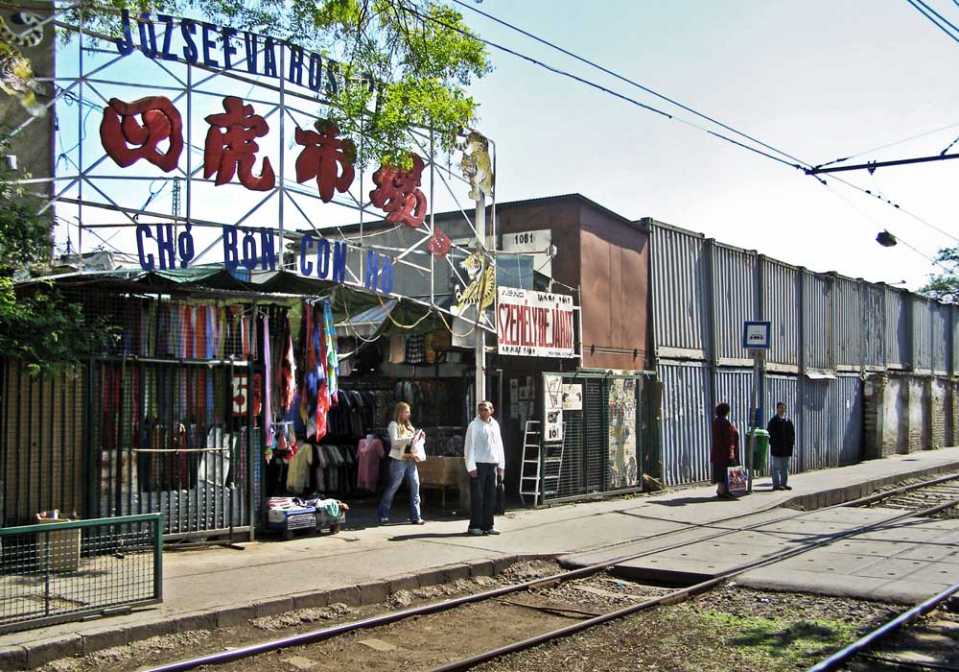
Western edge of the market at Joszefvaros freight yard


Layout of Four Tigers Market along the tracks of Joszefvaros freight yard
Stacked shipping containers, partly modified to serve as stalls and storage spaces
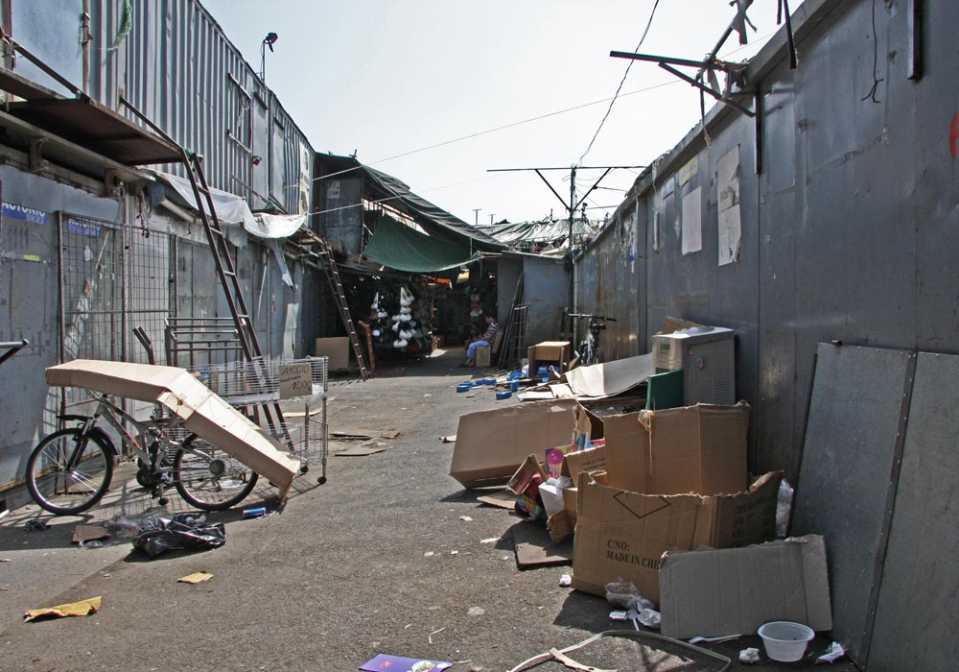
top view of the market stalls
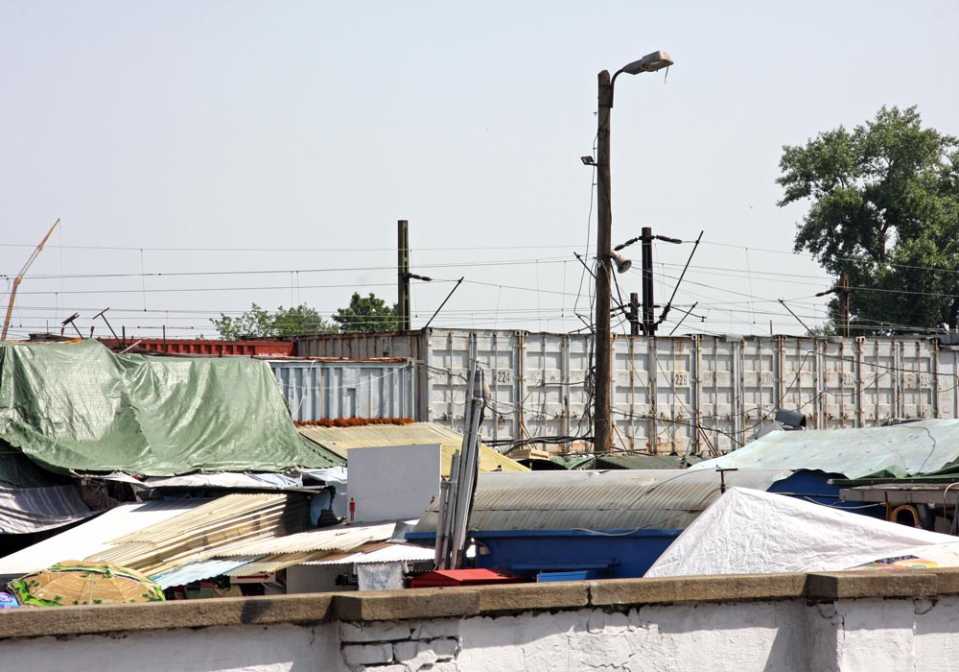
Typologies of stalls and storage spaces at the Four Tigers Market
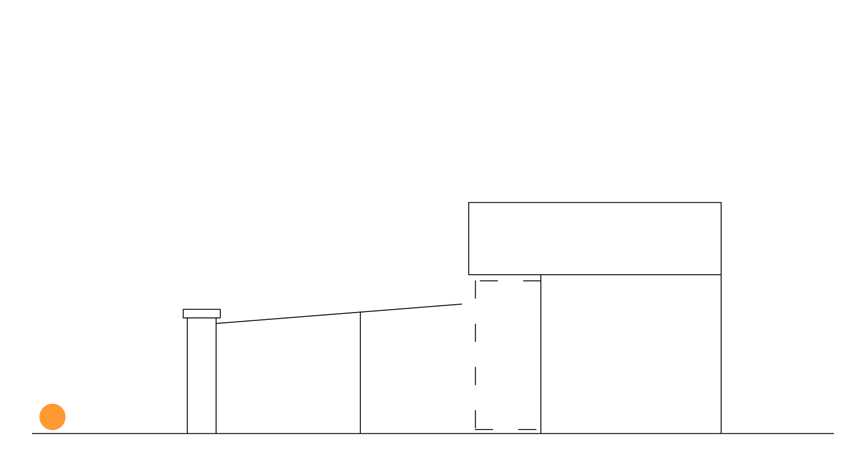
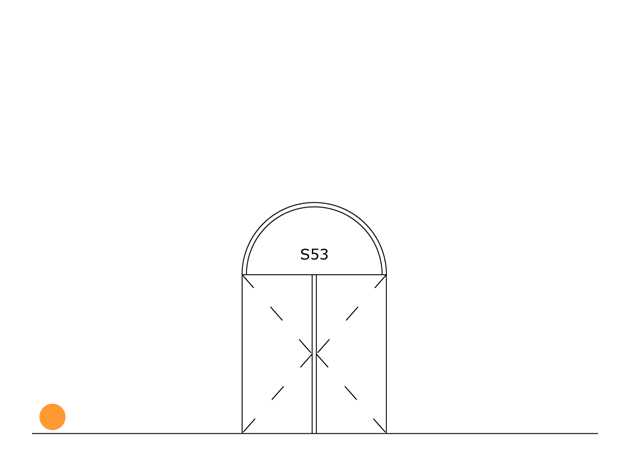
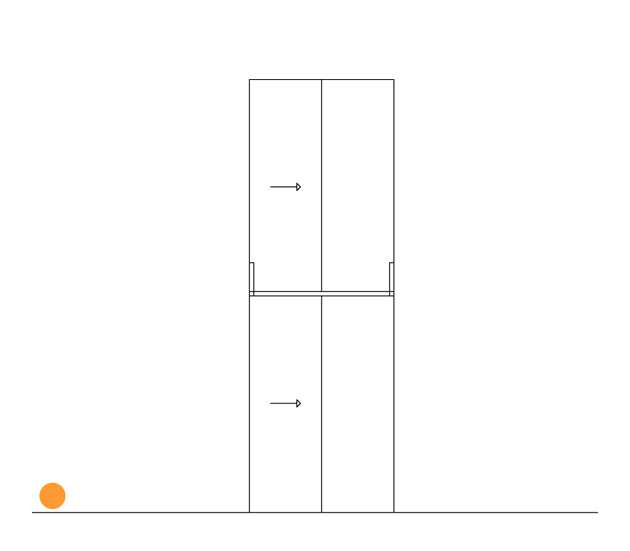
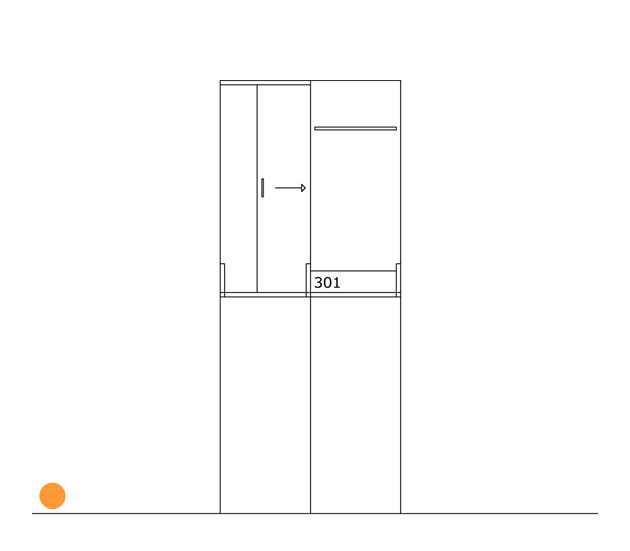
Euro Square
Expansion of 'Chinese' businesses into former Ganz factory opposite Four Tigers Market
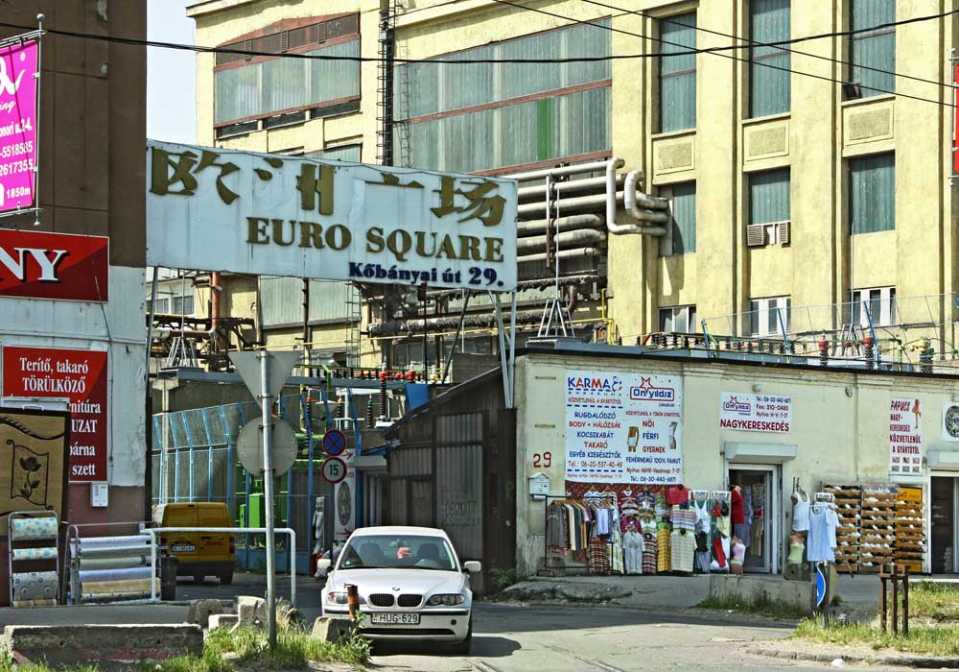
Euro Square
Expansion of 'Chinese' businesses into former Ganz factory opposite Four Tigers Market
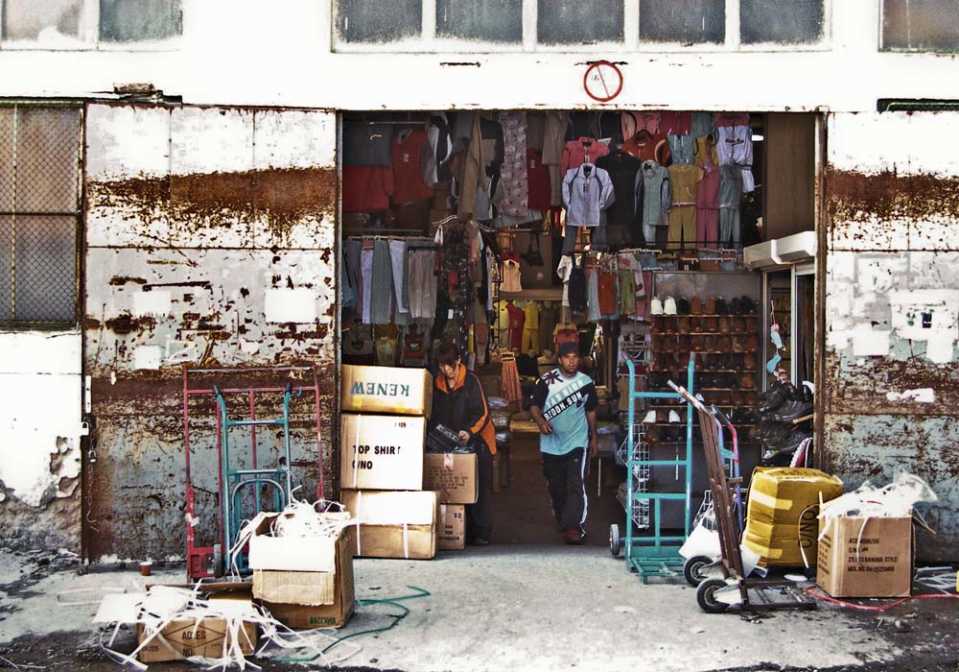
Typologies of stalls and storage spaces at the indoor market at former Ganz factory
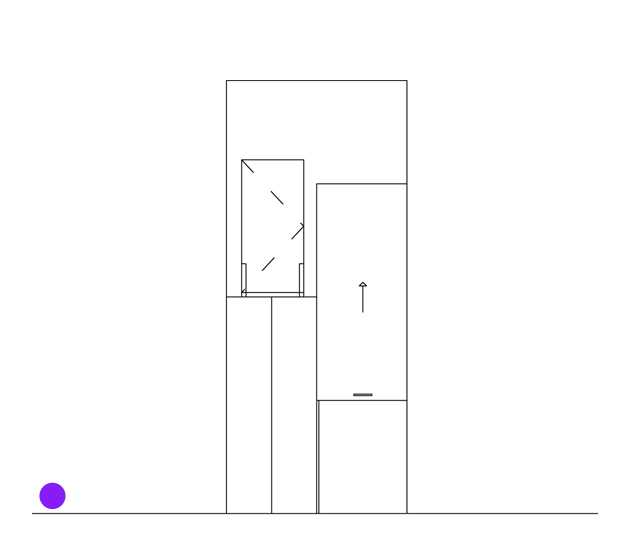
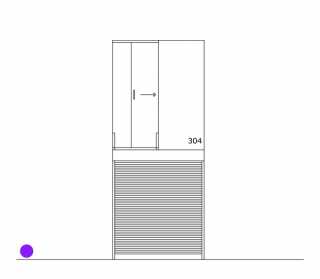
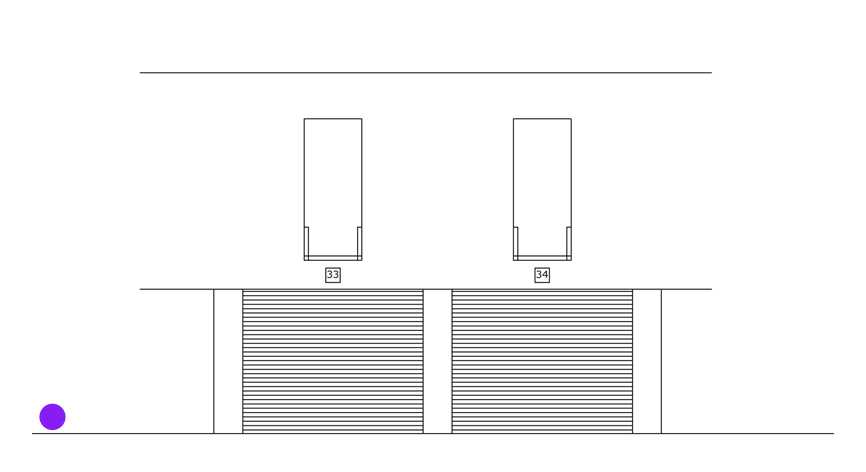
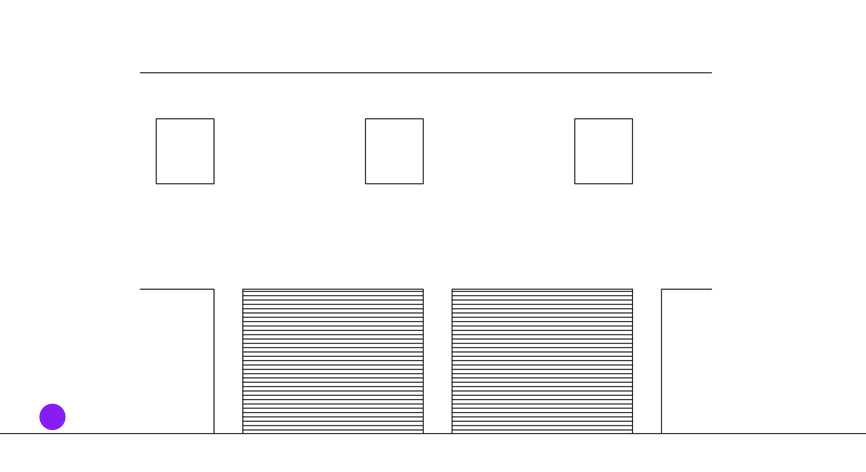
Budapest – Chinatown
The built environment of East Asian commerce in Budapest, and their use of space
East Asian immigrants began to appear in Hungary in the mid-1980s, when a well defined Chinese district could not find its place within the urban fabric. Nonetheless, several densification points evolved, where the presence of the immigrants is more noticeable. Usually these places were out of use (i.e. railway facilities, abandoned industrial spaces), and the newcomers could utilise them with minimal intervention and modest investment. Wherever else they appeared outside these densification points, they filled vacancies: Chinese restaurants and shops took over closed-down facilities.
We face a considerably greater challenge if we also want to say something about the immigrants' "invisible" presence, especially their private life. They are aloof, they only rely on their own social network, which is quite hard to get in. They do not even form their own communities in Budapest; since most of them are here for commerce, they also compete with each other on the market. So, it is difficult for outsiders to learn much about their living conditions or places of recreation. It is still hard to find any mention of the issue in the Hungarian academic scene, despite that Chinese and East Asian immigrants have been living with us for about two decades by now, and the first generation of them born here have already grown adults. So, we can only rely on overheard and a few conversations with specialists on the issue.
We focus our investigation on the built environment of one of the chief activities of the immigrants: commerce. We started with a major point of densification, the Józsefváros market (on Kőbányai út, in the 8th district), which is called the Four Tigers Market, and which is a major node of the East Asian migrant community. Everyone knows the market, and it has an exceptionally large turnover, yet its architectural solutions are completely temporary and flexible. We followed up this line by looking at other important units of East Asian commerce in the city. East AsianWe applied the same criteria to all commercial establishments, from markets to shopping centres. We were looking for special architectural solutions; the similarities and correlations between the various places; the reasons for, and the hierarchy of, individual variations; the functions they fill in their urban contexts.
read more...
read more...
read more...
read more...
read more...
read more...
read more...
read more...
read more...
read more...
read more...
read more...
read more...
read more...